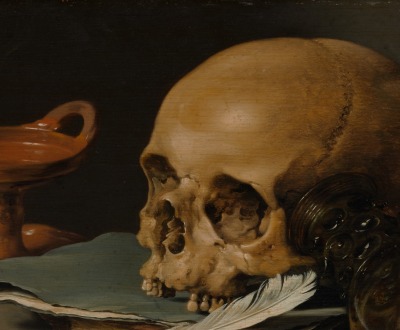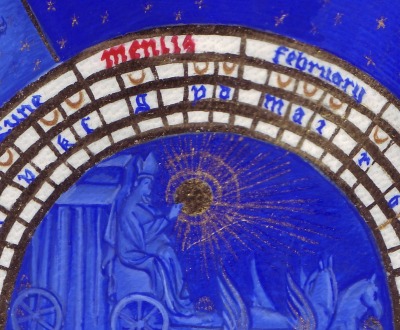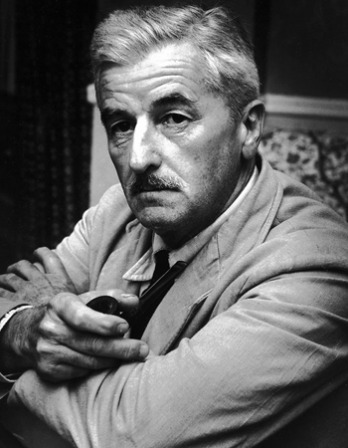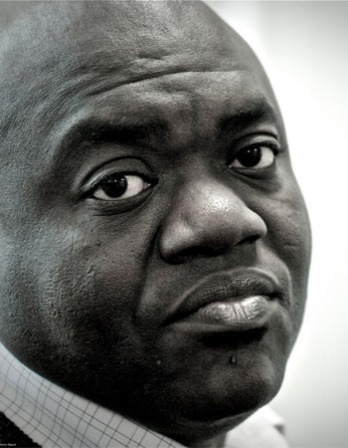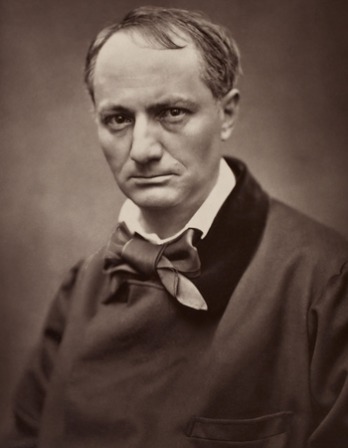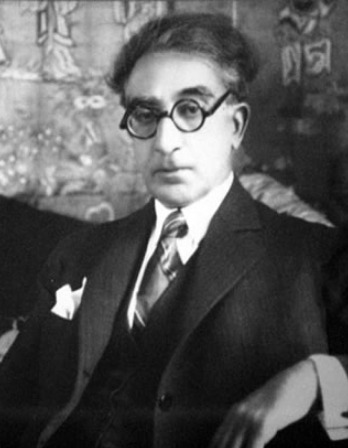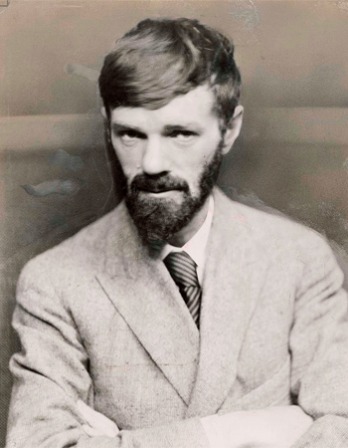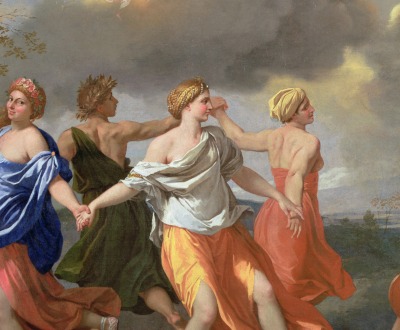
A Dance to the Music of Time, by Nicolas Poussin, c. 1635. Wallace Collection, London.
VIEW:
Miscellany
“Kings embodied the whole period of their reign,” wrote Elias Canetti in Crowds and Power. “Their death, whether it came with the decline of their strength or, as later, coincided with their natural span of life, indicated a break in time. They were time. Between one king and the next, time stood still. There was a gap in it—an interregnum—which people sought to keep as short as possible.”
There is no work of human hands which time does not wear away and reduce to dust.
—Marcus Tullius Cicero, 46 BC